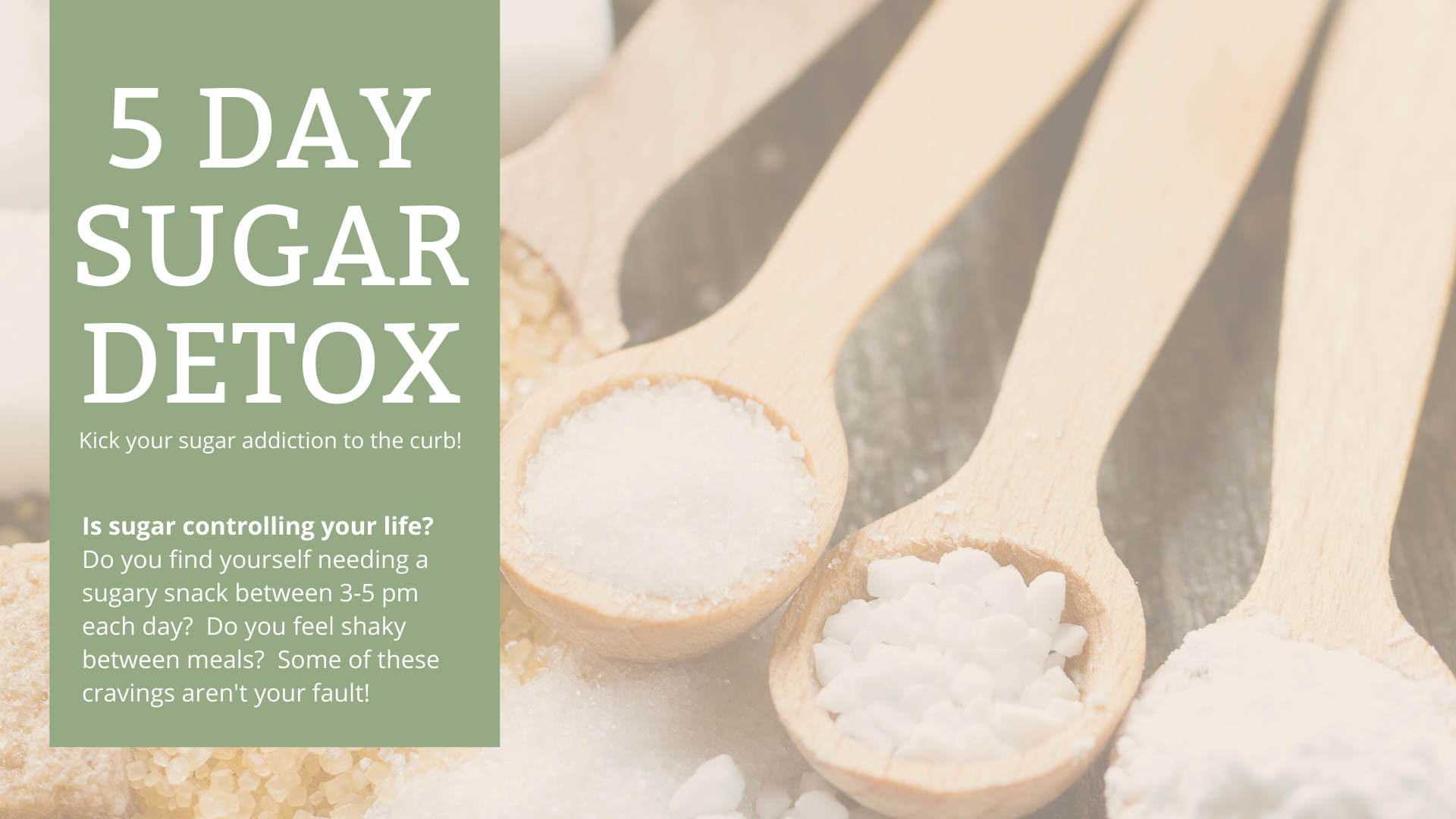
Small Intestinal Bacterial Overgrowth – yep, it’s just about as bad as it sounds! But keep reading because there is hope!
You’ve probably heard about having good and bad bacteria in your gut but what you may not know is we only want that bacteria in certain parts of our intestine or you might start experiencing a lot of discomfort or worse.
Let me ask you something, how do you feel after you eat a meal, any meal – healthy or not so healthy? Do you feel:
- Bloated?
- Gassy?
- Have heartburn?
- Belch after a meal?
- Are you constipated or have diarrhea or both?
- Are you nauseous after eating?
If so, keep reading because these are just a few of the symptoms for SIBO which is an acronym for Small Intestinal Bacterial Overgrowth.
Let me back up a bit – a while back, I shared how I had a Leaky Gut. And recently, during an especially stressful time, I noticed that my gut seemed off again. I thought I was having a flare-up but it turns out, I was also dealing with SIBO.
What exactly is SIBO?
SIBO (Small Bacterial Overgrowth) means there is an overgrowth of bacteria in the small intestine. We do want good bacteria in the gut, but we mainly want it in our large intestine, not in our small intestine.
So, what causes SIBO?
- A decrease in stomach acid production (stomach acid helps digest food)
- Intestinal Motility Disorder (when food moves too slowly through your intestines)
- Certain medications like a proton pump inhibitor (medication to reduce stomach acid) or narcotics can slow motility
- Food Poisoning, also known as Traveler Diarrhea
- If your ileocecal valve isn’t working properly, this is essentially the door that keeps the bacteria in the large intestine (where it belongs) from getting into the small intestine
How do you know you have SIBO?
If you are experiencing any of the symptoms above, it is best to speak to your practitioner to discuss the next steps. For me that meant testing. The easiest way to test for SIBO is a non-invasive breath test that looks for how much hydrogen and or methane gas you have in your small intestine. There is a little prep involved but it’s non-invasive. When food goes undigested because of some of the causes above, bacteria can feed on the undigested food and produce very uncomfortable gas (hydrogen and methane) and bloating and even cause malabsorption of the very nutrients you are trying to eat.
Ok, I found out I have SIBO, now what?
My practitioner first put me on a series of antimicrobials (herbal antibiotics) that were personalized for me. That didn’t clear it completely so I did another round but ended up having to take an antibiotic (Xifaxan) to completely clear it. Not everyone will have as much trouble clearing SIBO as I did, we (my dr. and I) suspect that I’ve had this for many many years plus I have slow motility issues and was under a good deal of stress the last two years so that is probably why it was trickier for me.
If you suspect you might have this, you will want to consider avoiding certain foods like:
- Gluten
- Dairy
- High-Fructose Fruit
- Garlic
- Legumes
So why did I choose these foods to avoid? There are several reasons and it can get very scientific but the long and short of it is both gluten and dairy can be very inflammatory. We know that people with SIBO already have an inflamed gut so it is best to eliminate foods that can cause further damage.
Fruits that are high in fructose, as well as garlic, onions, garbanzo beans, lentils, and other legumes, are considered high FODMAP foods and can cause digestive issues.
Wait, what are FODMAPS?
FODMAPs are short-chain carbohydrates that are not easily digested. FODMAP stands for Fermentable, Oligosaccharides, Disaccharides, Monosaccharides, and Polyols. These types of carbohydrates draw water into the intestine which can cause bloating and fermentation in the gut.
Here are a few examples of the types of carbs:
Fructose: fruit, honey, high fructose corn syrup, agave
Lactose: cow’s milk, yogurt
Fructans: wheat, garlic, onions
Galactans: legumes such as lentils, black beans, soybeans
Polyols: sugar alcohols like mannitol and sorbitol
So, what can I eat?
There are a few diets that are suggested to follow when trying to clear SIBO but it’s important to know that diet alone rarely clears SIBO. Each diet has it’s own nuances but the goals of the diet are the same. To decrease the amount of bacteria so that it won’t ferment and to increase the absorption of the nutrients you are eating.
Diets recommended to help with SIBO:
- Low FODMAPS
- Specific Carbohydrate Diet (SCD)
- Cedars Sinai-Low Fermentation Diet
- Gut and Psychology Syndrome Diet (GAPS)
- SIBO Bi-Phasic Diet
While it might sound like you can’t eat any of your old favorites but there are several things that you can eat like chicken, fish, potatoes, certain fruits, and vegetables. It’s best to work with your doctor and decide which diet protocol is best for you.
I actually had the best luck when following a Low FODMAP eat way of living. Click HERE for a list of low and high FODMAP foods, you might be surprised what’s on this list!
Here is a Blueberry Muffin recipe that I created just for SIBO – I talk all about why I chose the ingredients and how they will help you.
This is just a quick overview of Small Intestinal Bacterial Overgrowth, I am sharing this because I had NO idea what SIBO was. And, I was actually eating a lot of things that were making me feel worse but they were healthy so I didn’t suspect things like asparagus or cauliflower at all. If you have any of the above symptoms or other gut issues like IBS or Leaky Gut, it is a good idea to do a little more digging as it could also be SIBO.
I hope this article has shed a little light on an often overlooked digestive disorder, SIBO. Healing digestive issues can be tricky and trying to clear SIBO is even a little trickier but have hope, with a little patience and the help of a good practitioner, it can be done!
XO,
Sharon

